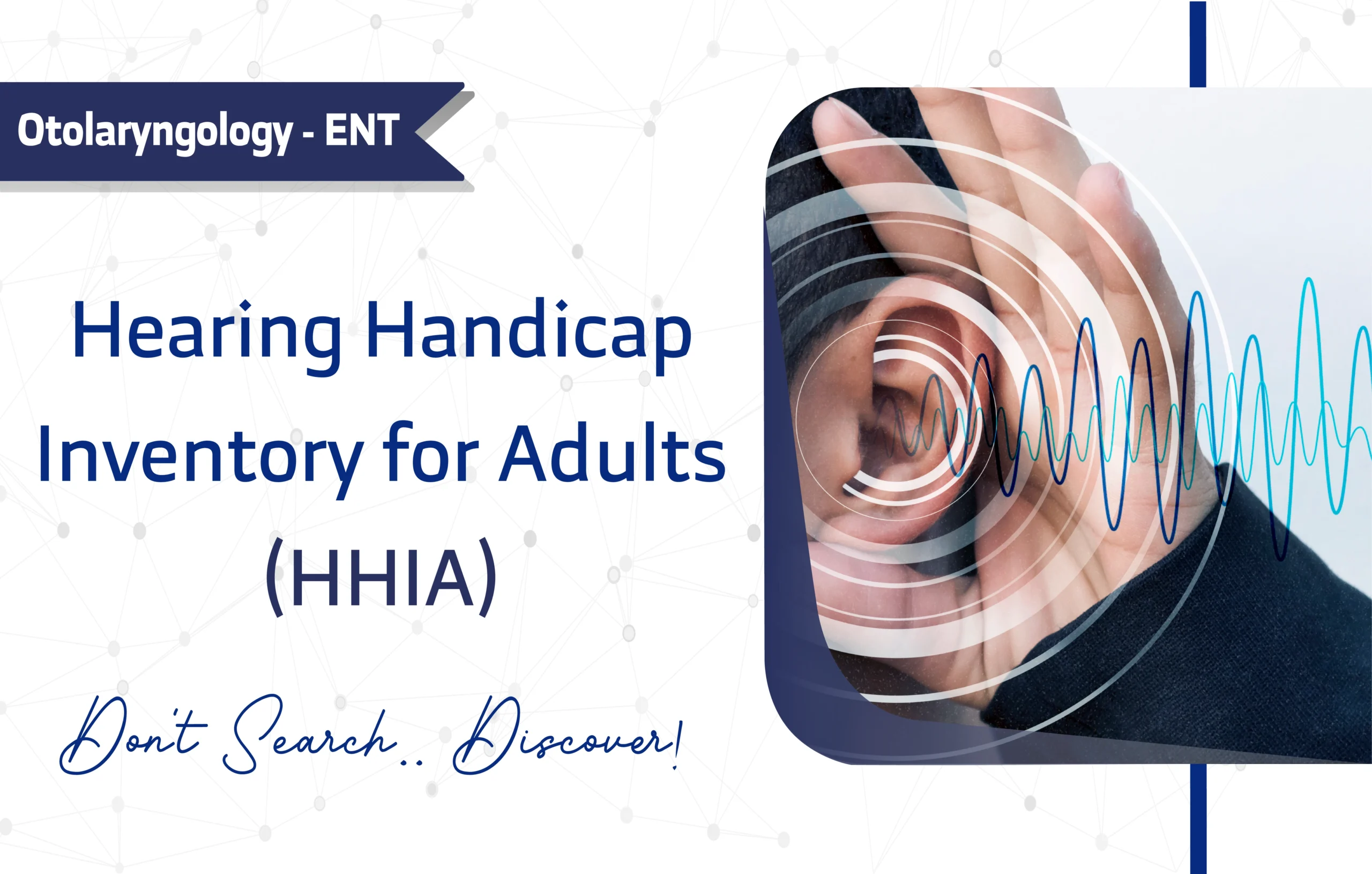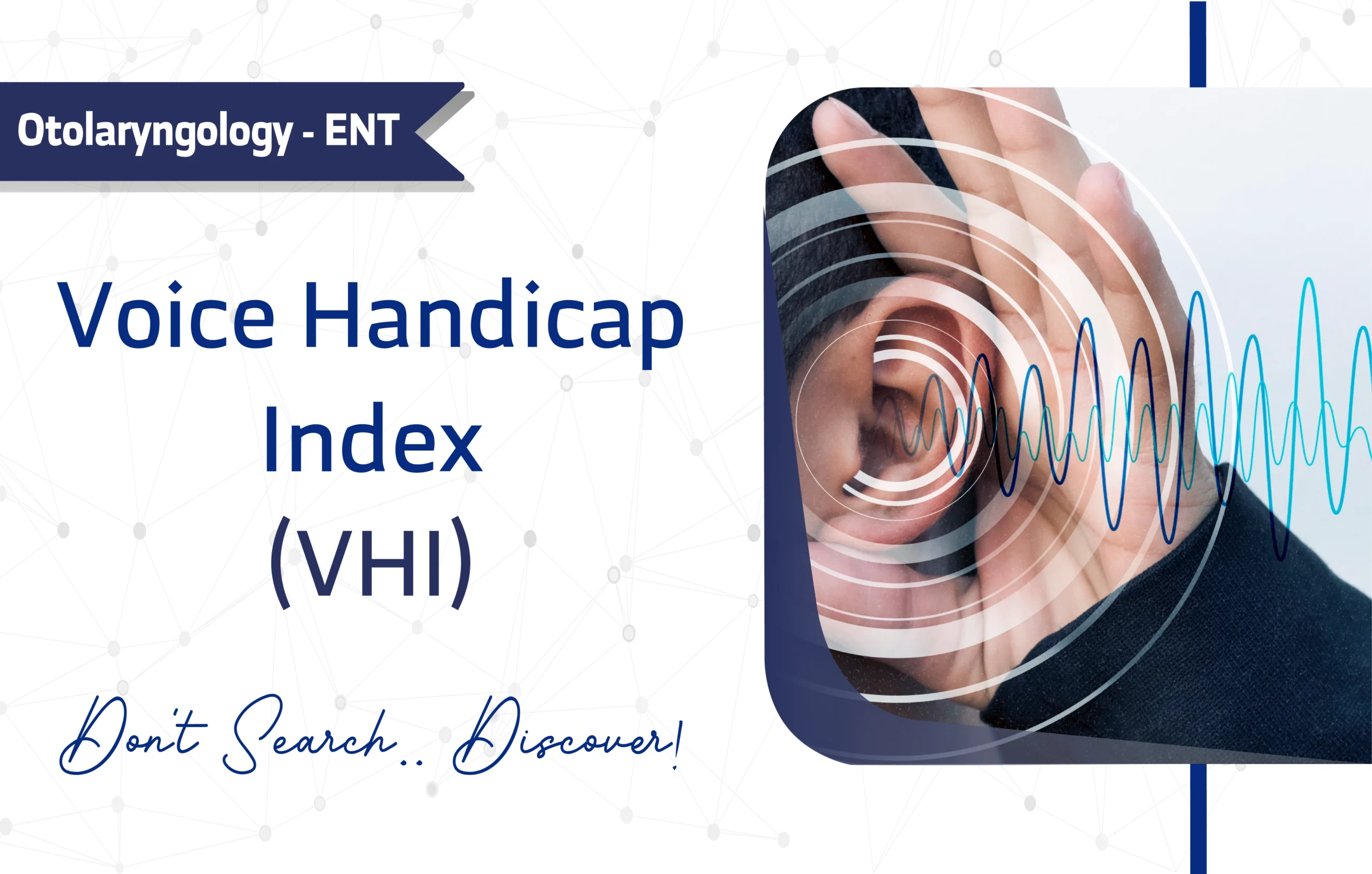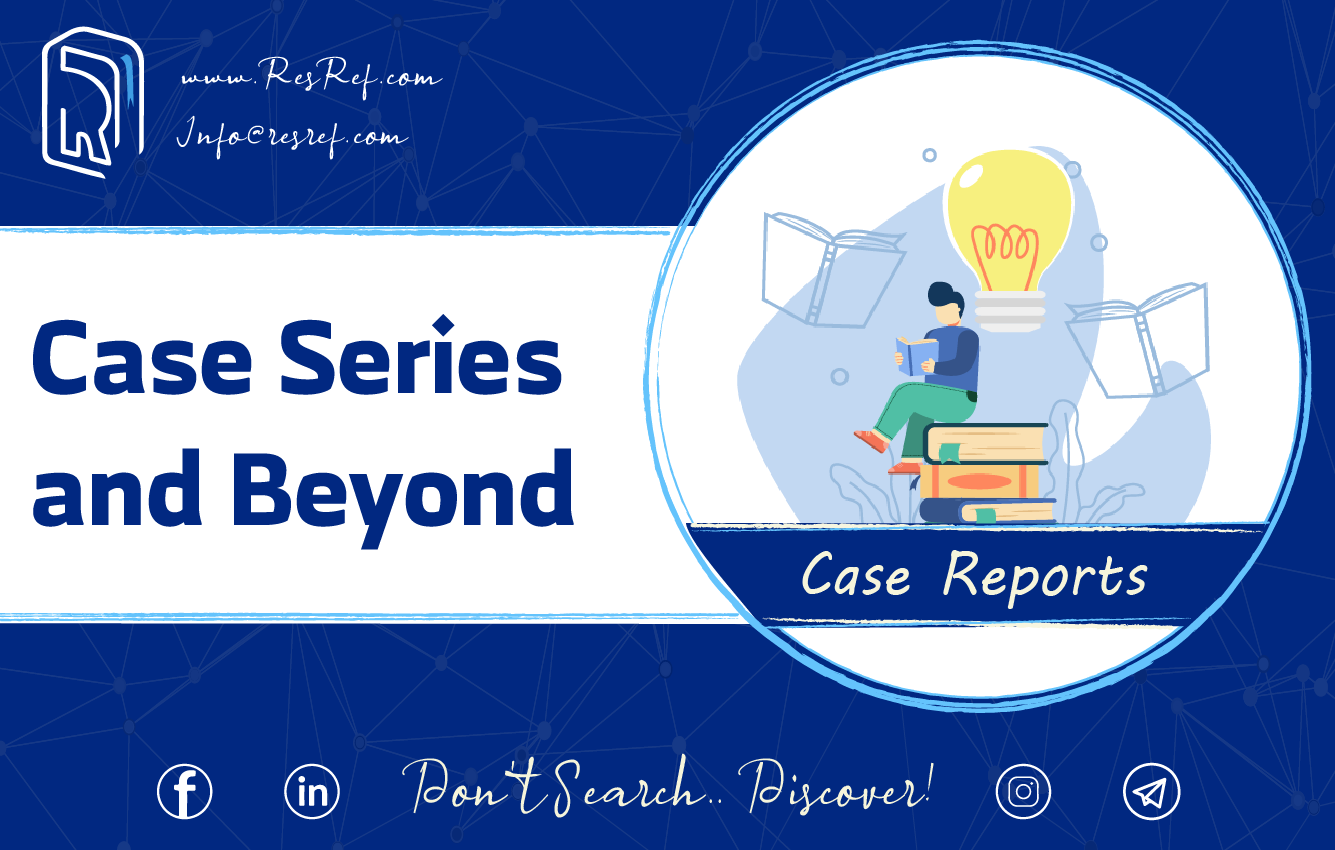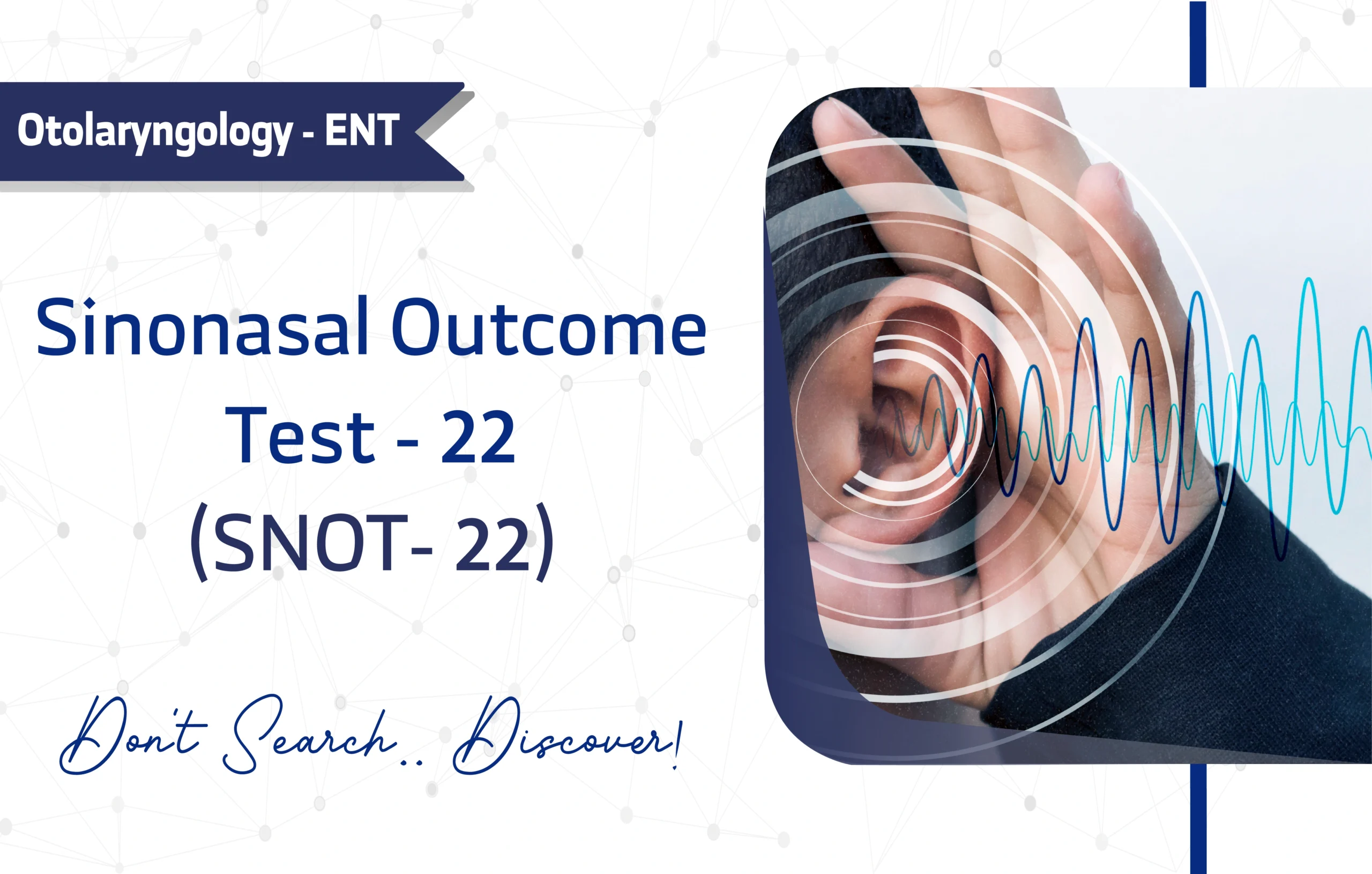Introduction
The Severity of Dependence Scale (SDS) is a critical tool for assessing the psychological components of substance dependence. Developed in 1995 by Michael Gossop and colleagues, and published by Addiction Journal, the SDS has amassed over 1,500 citations on Google Scholar, reflecting its widespread adoption in addiction research and clinical practice . Designed for adults aged 18 and older, this concise, self-administered questionnaire evaluates key aspects of dependence, such as perceived loss of control and anxiety about substance use. Consequently, it offers researchers and clinicians actionable insights to improve addiction treatment outcomes.
This article explores the SDS’s features, scoring, applications, and limitations, providing a comprehensive resource for experts in psychology and public health.
Key Features of the Severity of Dependence Scale (SDS)
Purpose and Use
The SDS assesses the psychological aspects of substance dependence, making it a vital tool for screening and monitoring in clinical trials and addiction treatment programs. Unlike broader tools, the SDS focuses specifically on dependence severity, offering precision in evaluating psychological impacts across various substances.
Target Population
The SDS is validated for adults aged 18 and older, including:
- Young adults (18–24 years)
- Middle-aged adults (25–44 years)
- Older adults (45–64 years)
- Seniors (65+ years)
However, it is not suitable for adolescents or children, ensuring specificity for adult populations with substance use concerns.
Structure
The SDS comprises 5 items, each addressing a distinct aspect of psychological dependence over the past year:
- Perceived loss of control over substance use
- Anxiety about missing a dose
- Worry about substance use
- Desire to quit
- Difficulty abstaining
Each item uses a 4-point Likert scale, ensuring rapid yet nuanced data collection. Moreover, the questionnaire takes less than 5 minutes to complete, enhancing its practicality in busy clinical settings.
Scoring Method
The SDS employs a 4-point Likert scale (0 = Never/Almost never, 3 = Always/Nearly always) for its 5 items. To calculate the score:
- Total Score: Sum all item scores, ranging from 0 to 15.
- Interpretation: Higher scores indicate greater psychological dependence. Substance-specific thresholds include:
- Heroin: ≥5
- Cocaine: ≥3
- Amphetamines: ≥5
- Analgesics: ≥5
- Benzodiazepines: ≥7
- Ecstasy: ≥4
- Alcohol: >3
- Cannabis: >3
For example, combining SDS scores with biological markers (e.g., carbon monoxide for nicotine) enhances comprehensive assessment. Additionally, the SDS’s simplicity allows clinicians to monitor dependence severity over time effectively.
Administration Format
Administering the Severity of Dependence Scale (SDS) is remarkably efficient, typically taking less than 5 minutes to complete. In addition, it is a flexible tool that can be administered through various formats, including:
- Paper-based forms
- Digital online surveys
- In-person interviews
Notably, the SDS is self-administered and requires no special training, making it highly practical for busy clinical settings and research studies.
Applications of the Severity of Dependence Scale (SDS)
The SDS serves multiple roles in addiction research and practice:
- Screening: Identifies individuals with significant psychological dependence.
- Monitoring: Tracks changes in dependence severity during treatment.
- Treatment Planning: Guides clinicians in tailoring interventions based on patient-reported outcomes.
- Research: Widely used in studies evaluating addiction interventions, as evidenced by its extensive citations.
For instance, its brevity and focus make it ideal for assessing dependence across substances like alcohol, nicotine, and opioids. Furthermore, its adaptability enhances its utility in diverse clinical contexts.
Languages and Availability
The SDS is available in multiple languages, including:
- English
- Mandarin Chinese
- Spanish
- German
- Portuguese
- Japanese
- Along with over 10 languages
This multilingual accessibility supports its use in global research and clinical settings, ensuring broad applicability.
The Severity of Dependence Scale (SDS) is free for non-commercial use, requiring no licensing fees for academic or clinical purposes. It is available under an open access license, ensuring broad accessibility. However, commercial use necessitates permission from the publisher, Addiction journal. For inquiries, contact Dr. Michael Gossop at michael.gossop@iop.kcl.ac.uk.
Reliability and Validity
The SDS is recognized as a highly reliable and valid instrument for assessing psychological dependence. Its psychometric strength is evidenced by a Cronbach’s alpha ranging from 0.80 to 0.90, indicating good internal consistency. Additionally, it has shown strong test-retest reliability, confirming its stability over time.
Limitations and Considerations
However, despite its strengths, the SDS has a few limitations:
- Self-report: Respondents may be influenced by social desirability bias or personal interpretation.
- Cultural Bias: Limited validation in non-Western populations may affect its applicability.
- Social Desirability Bias: Respondents may minimize answers to meet perceived social expectations, reducing accuracy.
- Cut-off Variability: Thresholds vary by substance, requiring careful interpretation.
- Limited Ability to Assess Physical Dependence: The SDS focuses on psychological dependence, necessitating supplementary measures for physical dependence.
Nevertheless, its concise design and robust validation make it a cornerstone in addiction research.
Other Versions and Related Questionnaires
Complementary Questionnaires
- Fagerström Test for Nicotine Dependence (FTND): Focuses on nicotine dependence, complementing the SDS’s broader scope.
- Alcohol Use Disorders Identification Test (AUDIT): Assesses alcohol misuse, enhancing the SDS’s psychological focus.
Additional Resources
For more information on the SDS and to access the full questionnaire, visit the following resources:
- Access the SDS as a PDF through this link or link.
- For inquiries, contact Dr. Michael Gossop at michael.gossop@iop.kcl.ac.uk.
- For additional SDS resources, consult Insight or AOD Screening.
- Further studies: Severity of Dependence Scale
Frequently Asked Questions (FAQ)
- Who can use the SDS?
Clinicians, researchers, and healthcare providers use the SDS for adults aged 18 and older with substance use concerns. - How long does it take to complete the SDS?
Patients typically complete the SDS in less than 5 minutes, making it highly efficient for clinical and research settings. - How is the SDS administered?
Healthcare teams can administer the SDS via paper-based, digital (online), or interview (in-person) formats, offering flexibility in usage. - Is there any cost to using the SDS?
The SDS is free for non-commercial use. For commercial or funded academic projects, permission from the publisher may be necessary.
A word from ResRef about Severity of Dependence Scale (SDS)
The Severity of Dependence Scale (SDS) is a concise, evidence-backed tool for assessing psychological dependence across substances. Its brevity and adaptability make it valuable in both clinical and research contexts, though it should be supplemented with physical dependence measures for holistic evaluation.
References
- GOSSOP, M., DARKE, S., GRIFFITHS, P., HANDO, J., POWIS, B., HALL, W. and STRANG, J. (1995), The Severity of Dependence Scale (SDS): psychometric properties of the SDS in English and Australian samples of heroin, cocaine and amphetamine users. Addiction, 90: 607-614. (link)
- Cuevas, C.D.L., Sanz, E.J., Fuente, J.A.D.L., Padilla, J. and Berenguer, J.C. (2000), The Severity of Dependence Scale (SDS) as screening test for benzodiazepine dependence: SDS validation study. Addiction, 95: 245-250. (link)
- Gossop M, Darke S, Griffiths P, Hando J, Powis B, Hall W, Strang J. The Severity of Dependence Scale (SDS): psychometric properties of the SDS in English and Australian samples of heroin, cocaine and amphetamine users. Addiction. 1995 May;90(5):607-14. doi: 10.1046/j.1360-0443.1995.9056072.x. PMID: 7795497. (link)








